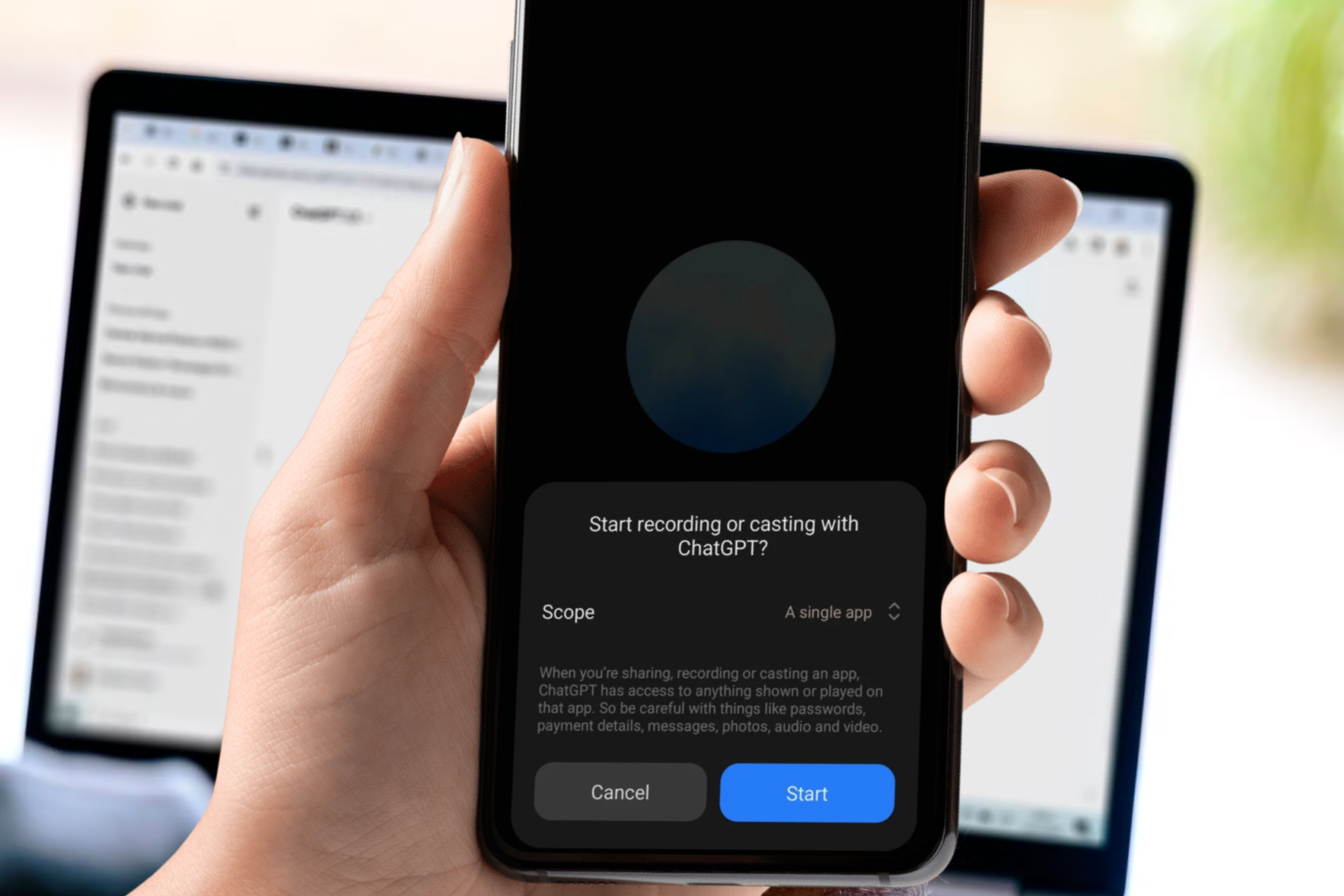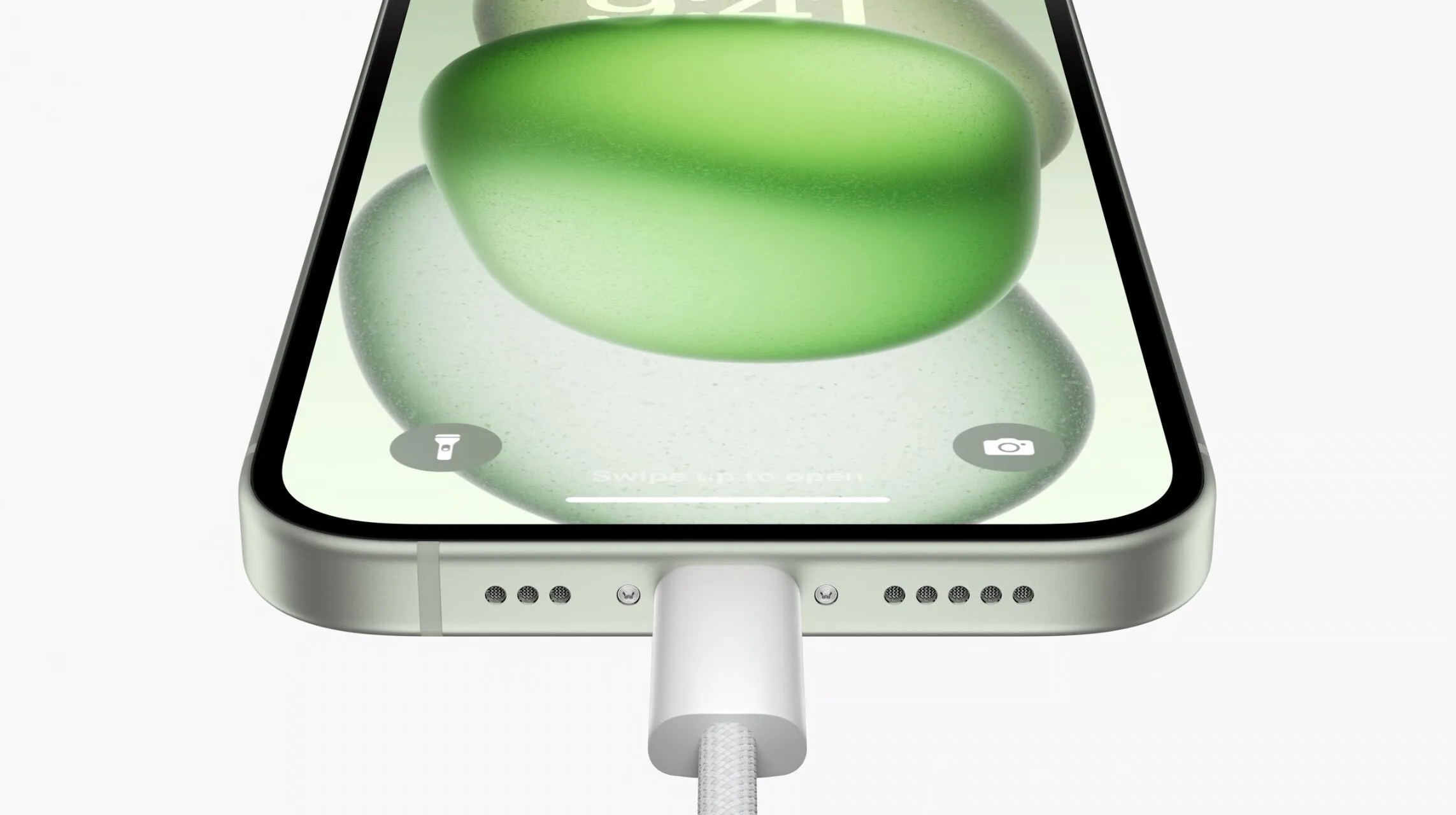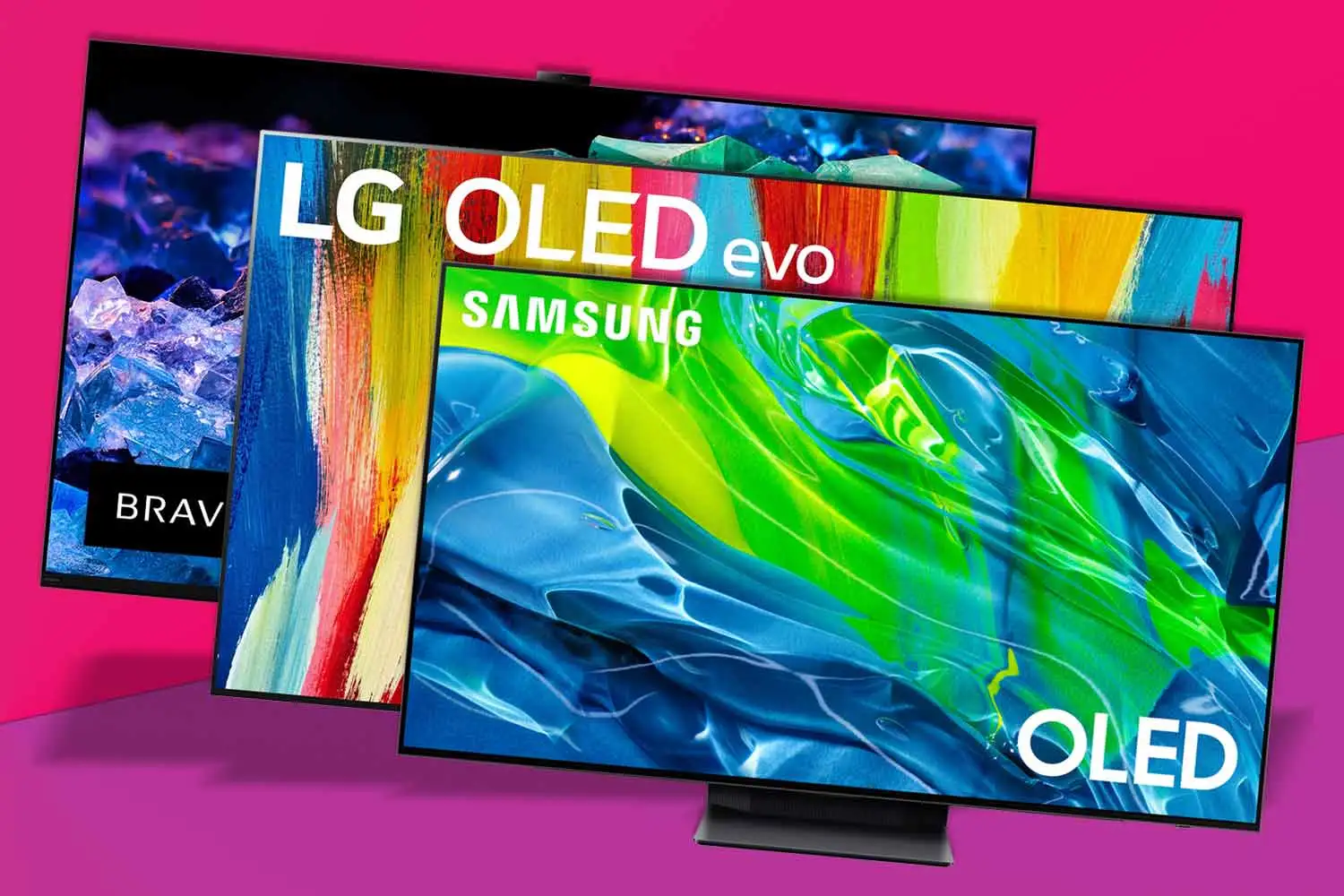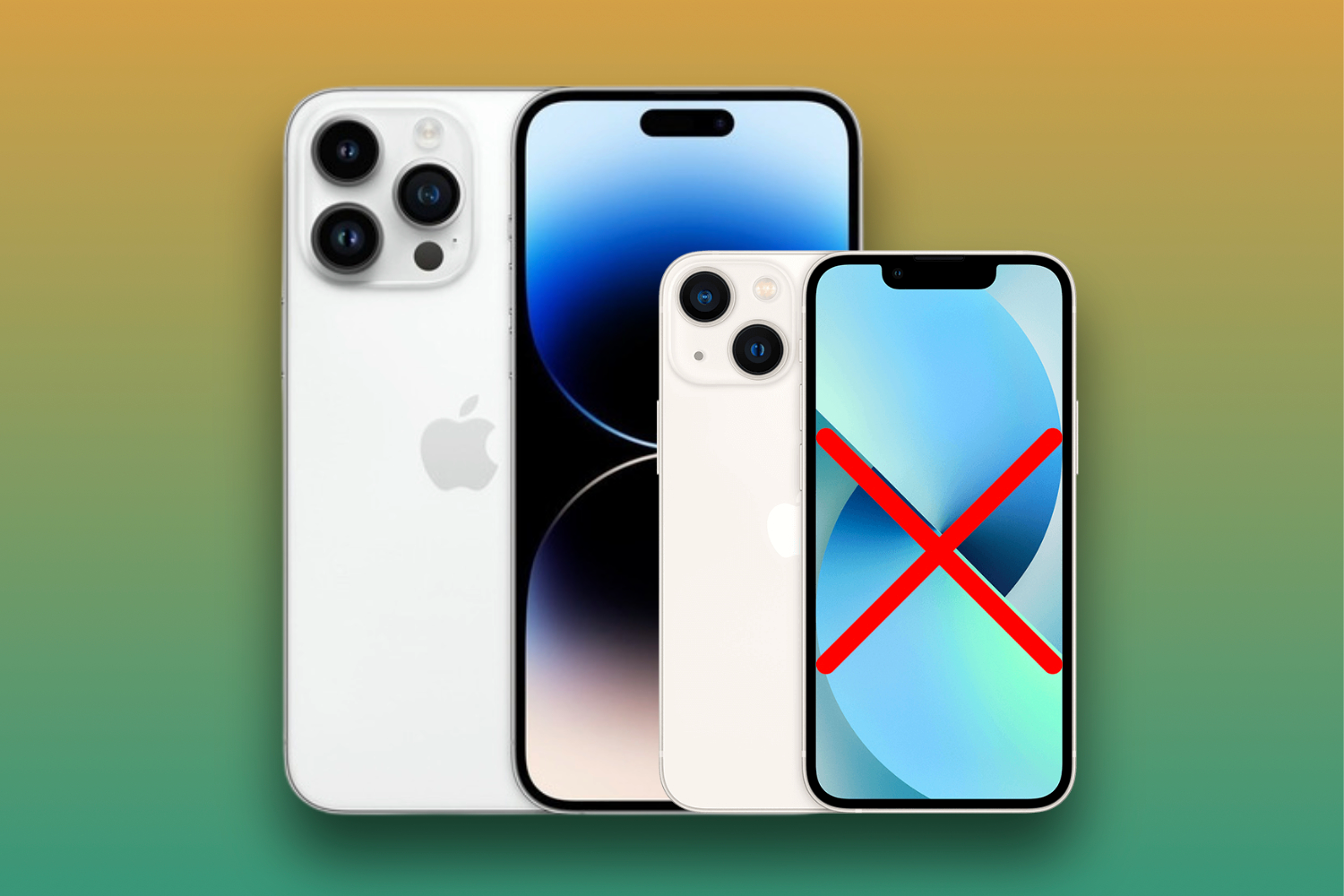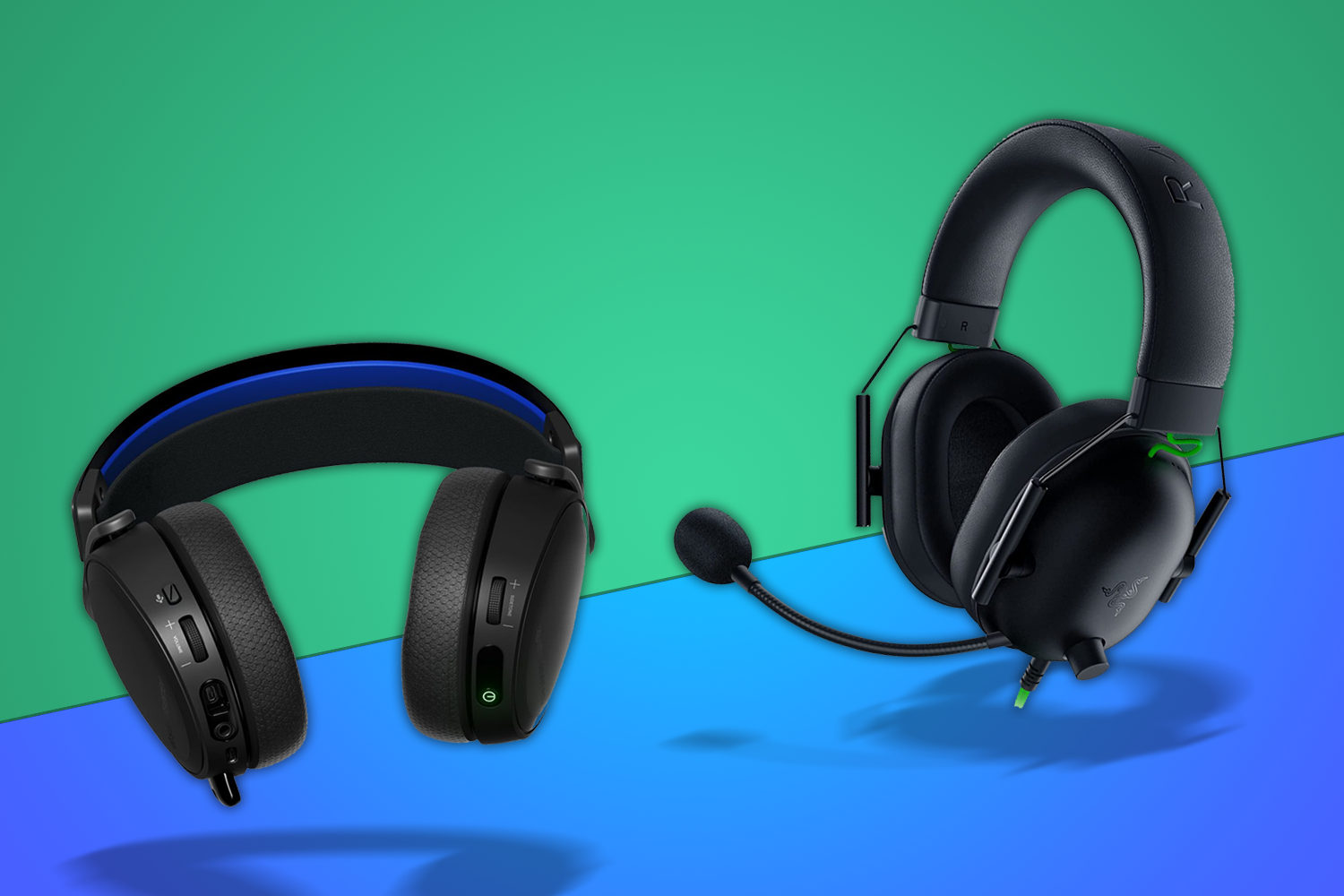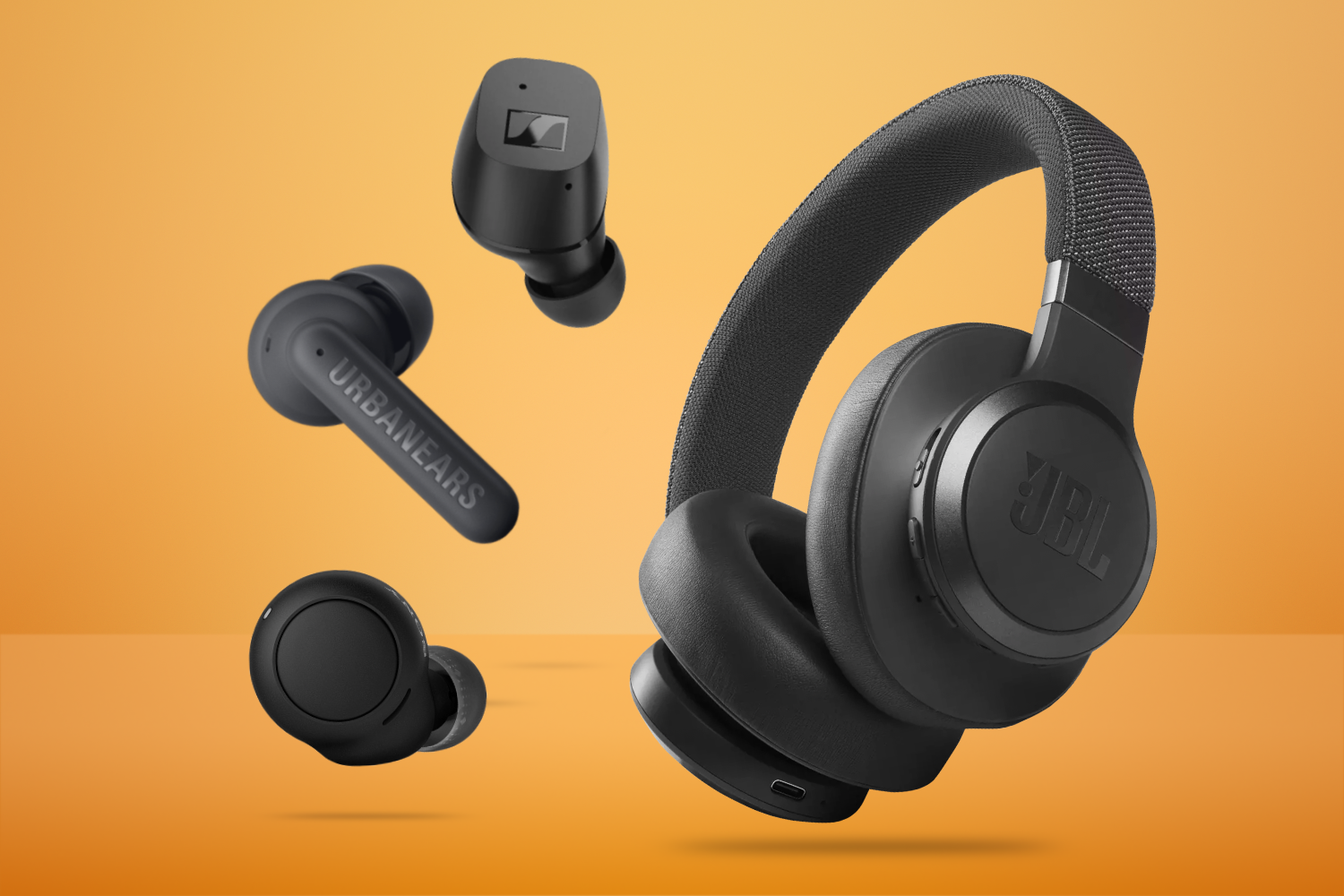Forget going out—why spend money on expensive cinema tickets when you can recreate the theatre experience right in your own living room with one of the best 4K TVs? By investing in a new television, you can enjoy stunning visuals and immersive entertainment without leaving your home.
Even if you’re on a tight budget, there are plenty of affordable options that will make a significant difference to your viewing experience. For those with a bigger budget, you can elevate your home theatre setup with top-of-the-line gear that brings the magic of the movies to your doorstep.
Black Friday 2024 is almost here, and we’re busy covering the best deals across the web. Whether you’re looking for a new phone, laptop, or stick vac, we’ll be highlighting the biggest savings around.
Check out the early Amazon Black Friday deals (US) and the early Amazon Black Friday deals (UK)
Selecting the right 4K TV can be daunting, but we’re here to help. We’ve tested a wide range of big-screen TVs to compile a list of the best options available for every budget. Whether you’re looking for an affordable upgrade or a high-end masterpiece, you’ll find the perfect TV to fit your needs. And if you’re looking to enhance your audio experience, don’t forget to check out the best soundbars as well.
Why you can trust Stuff: Our team of experts rigorously test each product and provide honest, unbiased reviews to help you make informed decisions. For more details, read how we test and rate products.
Quick list: what’s the best 4K TV?
The best 4K TVs you can buy:
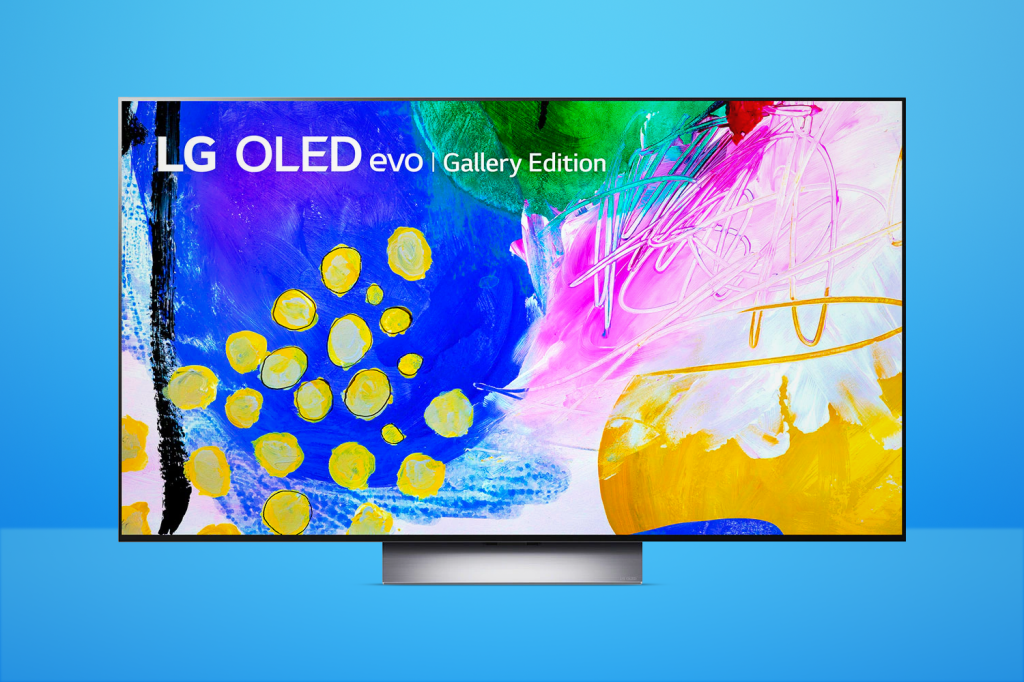
1. LG G2 77in OLED
| LG G2 77in OLED specs | |
|---|---|
| Display | 76.7in 3840 x 2160 OLED |
| Supported formats | HDR 10, HLG, Dolby Vision |
| UI | webOS |
| Connectivity | 4x HDMI, 3x USB, Ethernet, Wi-Fi, Bluetooth, AirPlay, Chromecast |
LG’s long been an OLED pioneer and the G2 is a top-spec telly to cement its reputation. With an upgraded panel, brand-spanking processor and improved heat dissipation, it promises brightness to rival the best LCDs.
LG calls the G2 its “Gallery Edition” for good reason: it’s designed to be wall-mounted. And in 77in guise, it does plenty to justify the framing, as well as the Picasso price tag. Hues are vivd, yet colour accuracy is second to none. Blacks are as inky as you’d expect, while its OLED evo panel is dazzlingly bright. Image clarity is similarly excellent, with clever AI upscaling to make older content look good in 4K. All of which combines to produce a masterpiece and definitely one of the best 4K TV options around.
Besides the occasional bug, LG’s updated webOS interface remains intuitive and clutter-free. A new gaming menu lets you tweak refresh rates, with all four HDMI 2.1 ports supporting 4K at 120fps. The G2’s down-firing speakers also pull off a convincing Atmos experience, simulating virtual surround with decent punch – which you can’t say of many integrated TV speakers.
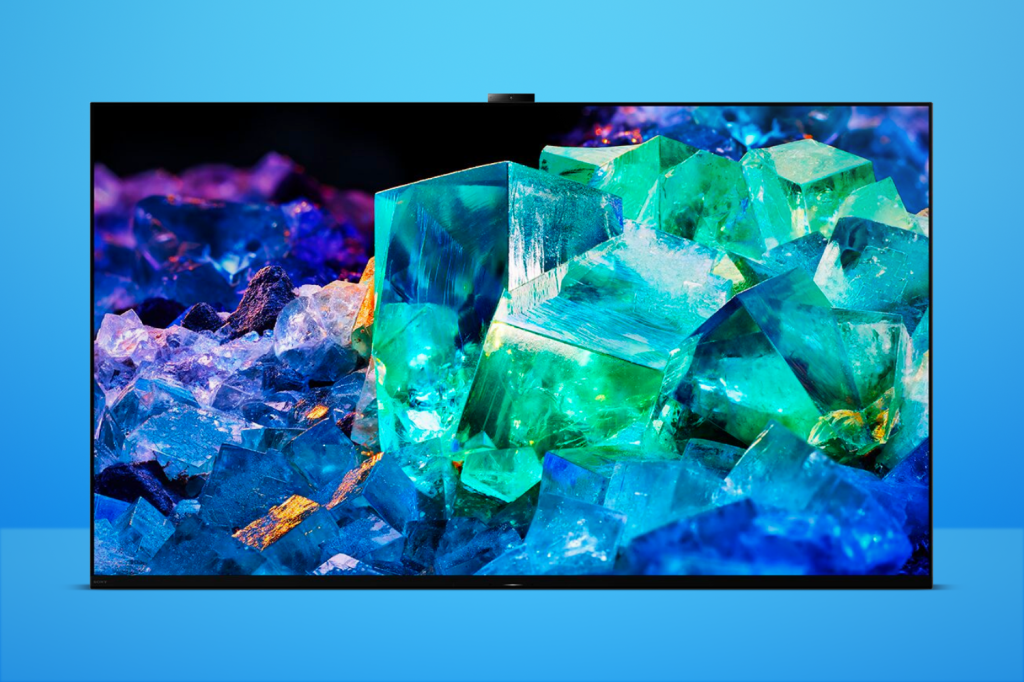

2. Sony XR-55A95K
| Sony XR-55A95K specs | |
|---|---|
| Display | 55in 3840 x 2160 QD-OLED |
| Supported formats | HDR 10, HLG, Dolby Vision |
| UI | Android TV |
| Connectivity | 4x HDMI, 2x USB, Ethernet, Wi-Fi, Bluetooth, AirPlay, Chromecast |
First out of the blocks with a QD-OLED telly, Sony’s A95K promises to combine the advantages of OLED – deep blacks and vivid colours – with the brightness of LCD. In practice, it’s one of the best out-of-the-box TVs you can buy.
All-screen from the front, build quality is everything you’d expect from a premium Sony product. Read: basically flawless. Its feature set is similarly superlative, with two out of four HDMI inputs supporting 4K at 120Hz. Less useful is the Bravia Cam, which attaches magnetically to the top. It will one day adjust settings based on ambient conditions, but for now it’s a glorified webcam.
Like all of Sony’s OLED TVs, the A95K’s screen itself acts as a speaker, reinforced by a couple of rear-firing subs. When it comes to fidelity, detail and outright punch, it can sonically match any TV without a separate speaker bar.
Star of the show, though, is the picture. While it isn’t startlingly brighter than the best non-QD OLEDs, the A95K can generate the most convincing and nuanced brightness of any OLED currently available. Detail is high across the board, colour fidelity is effortlessly natural and depth of field is almost three-dimensional, given the right material. All of this means the A95K is as enjoyable as 4K televisions get right now.
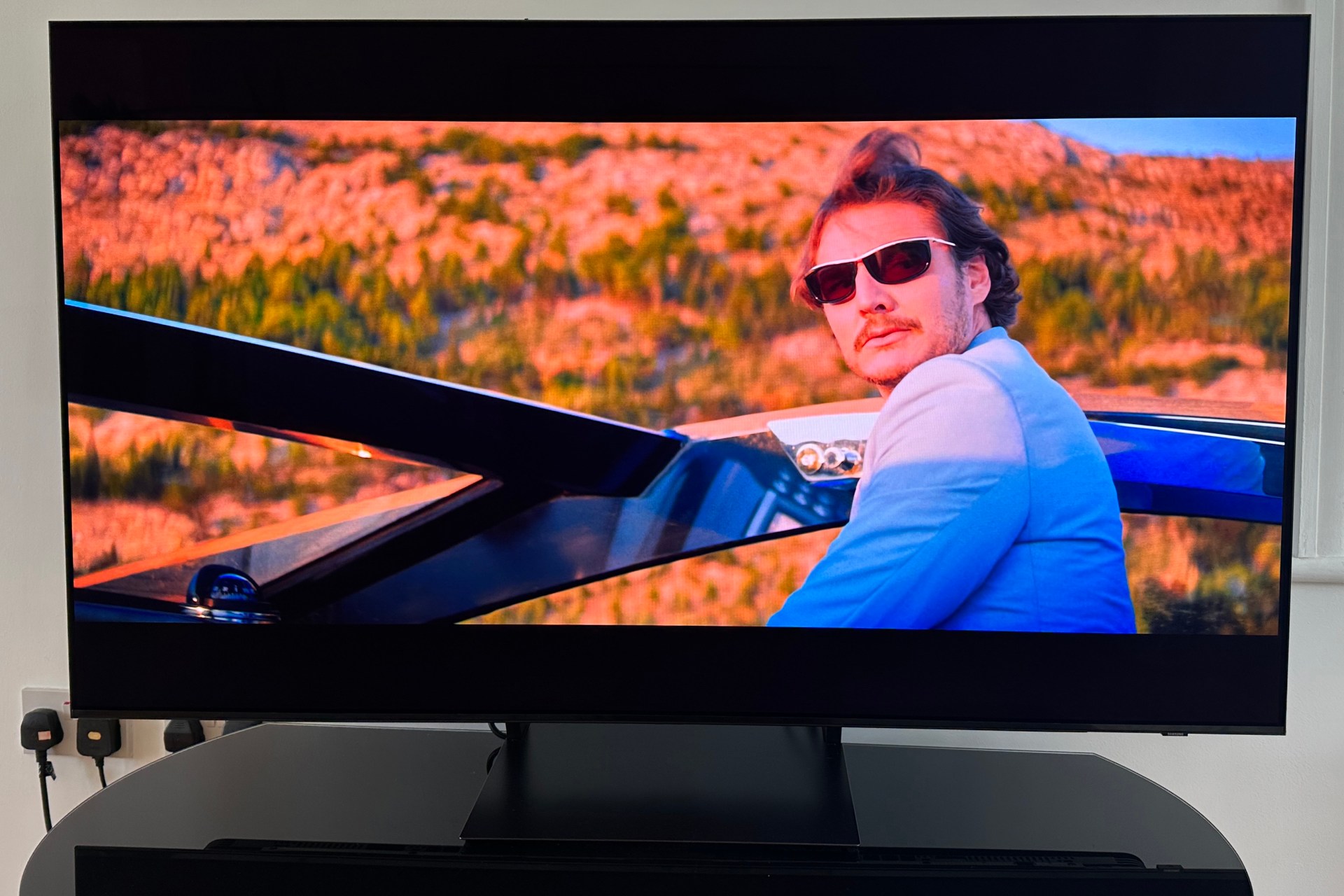

3. Samsung S90C
| Samsung S90C specs | |
|---|---|
| Display | 65in 3840×2160 OLED |
| Supported formats | HDR10+, HLG |
| UI | Tizen |
| Connectivity | 4x HDMI, 2x USB, Ethernet, optical, Wi-Fi, Bluetooth |
Samsung’s OLED beast serves up glossy blacks and bright whites to deliver some seriously impressive performance, with plenty of nuance and shade in the tone department. Full HD upscaling is, as expected, formidable, with high details and solid contrasts on offer.
Gamers too, will appreciate the specs on offer here, which include more than enough HDMI 2.1 ports to satisfy multiple consoles, along with a low input lag and 4K 144Hz gaming. That’s pretty impressive for a TV whichever way you slice it, beating other 4K/120Hz sets in the refresh rate department.
Best of all, given the fact that most TV speakers tend to sound rather anaemic, the S90C’s built-in audio hardware actually provides a relatively decent experience — one that’s good enough to stop you from automatically hooking up a soundbar. Not that that would be a bad idea, mind.
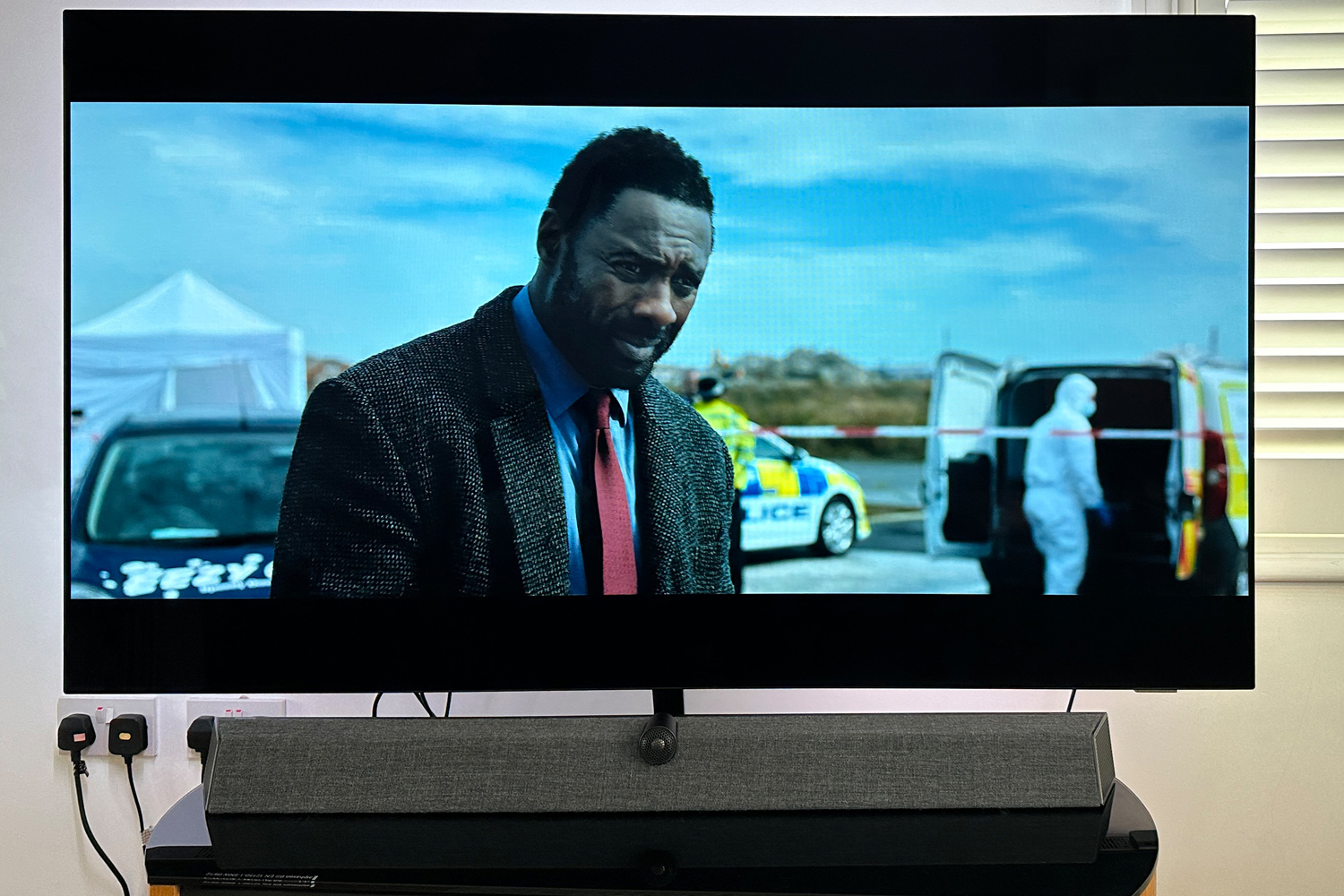

4. Philips 65OLED937
| Philips 65OLED+937 specs | |
|---|---|
| Display | 65in 3840 x 2160 OLED |
| Supported formats | HDR 10, HLG, Dolby Vision |
| UI | Android TV |
| Connectivity | 2x HDMI 2.1 2x HDMI 2.0, 3x USB, Ethernet, Wi-Fi, Bluetooth, Chromecast |
Ever since Philips began collaborating with Bowers & Wilkins for its high-end TV audio systems, the company has set itself apart with high-quality sound, in addition to the brilliant Ambilight feature. In a market where most televisions seem to be far too similar to each other, this has certainly been a refreshing development. Of course, this sort of differentiation doesn’t come cheap. But it’s worth it.
Philips’ gorgeously large eOLDE set delivers both stunning picture quality, and wide, immersive sound, thanks to the aforementioned partnership. A perfect,t high-quality TV for those who want the best experience with minimal faff, it’ll hit your wallet hard, and your eyes and ears even harder. Worth it.
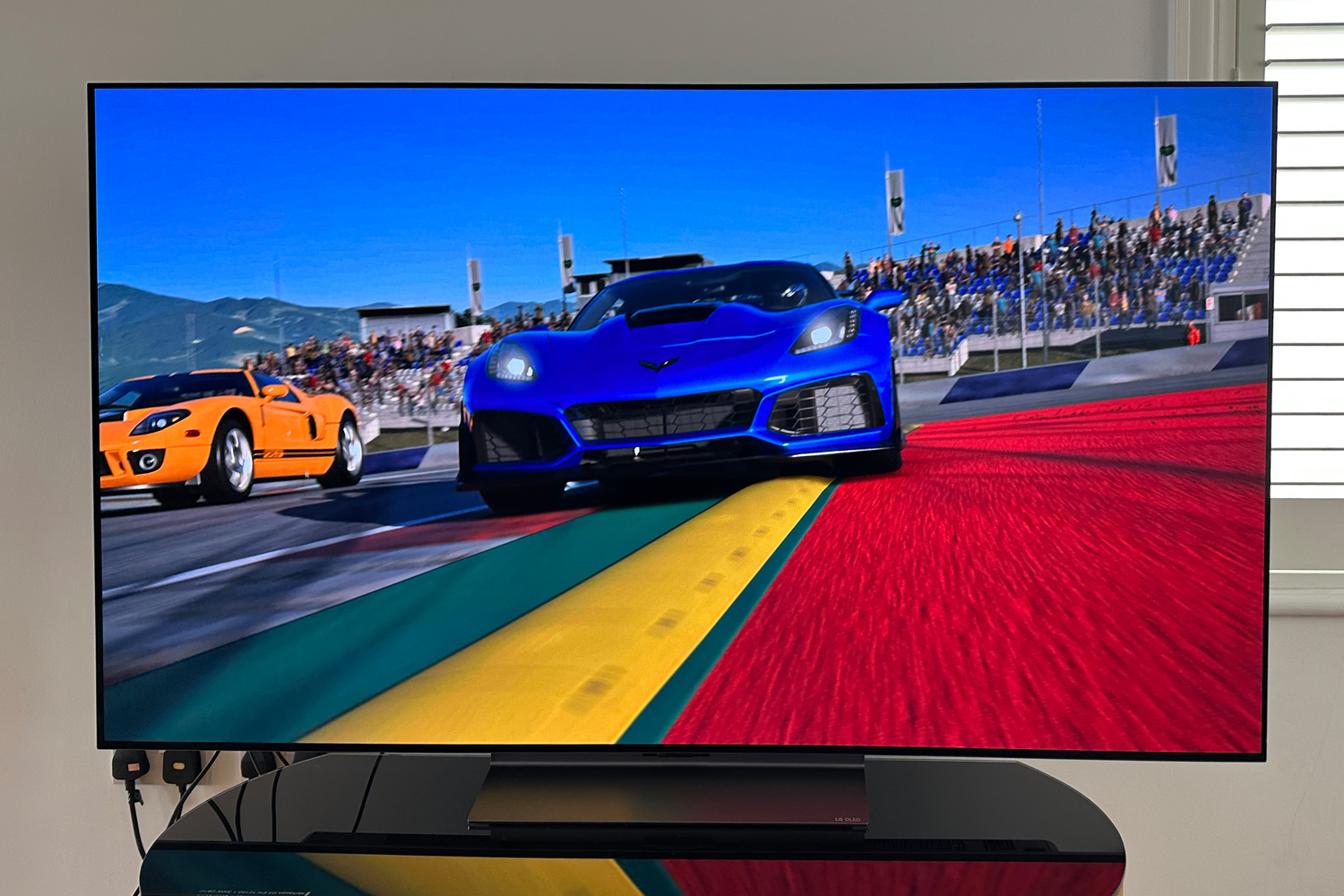

5. LG OLED65C3
| LG OLED65C3 specs | |
|---|---|
| Display | 65in 3840×2160 OLED |
| Supported formats | HDR10, HLG, Dolby Vision |
| UI | WebOS 2.3 |
| Connectivity | 4x HDMI, 3x USB, Ethernet, optical, line out, Wi-Fi, Bluetooth |
The LG OLED65C3 has some obvious advantages over the C2 it replaces, not least in its HDR picture processing enhancements and the revision to its UI. Is that enough to tempt C2 owners into a costly upgrade? Probably not. The rest of us, though, can simply be impressed by what is the latest in a long line of high-achieving LG OLED TVs.
From strong gaming and upscaling performance to natural colour balance, true blacks, and wide-ranging contrasts, it’s a joy to behold. As is usually the case though, you’ll want to beef up it stock speakers with some external gear to do justice to the on-screen action.
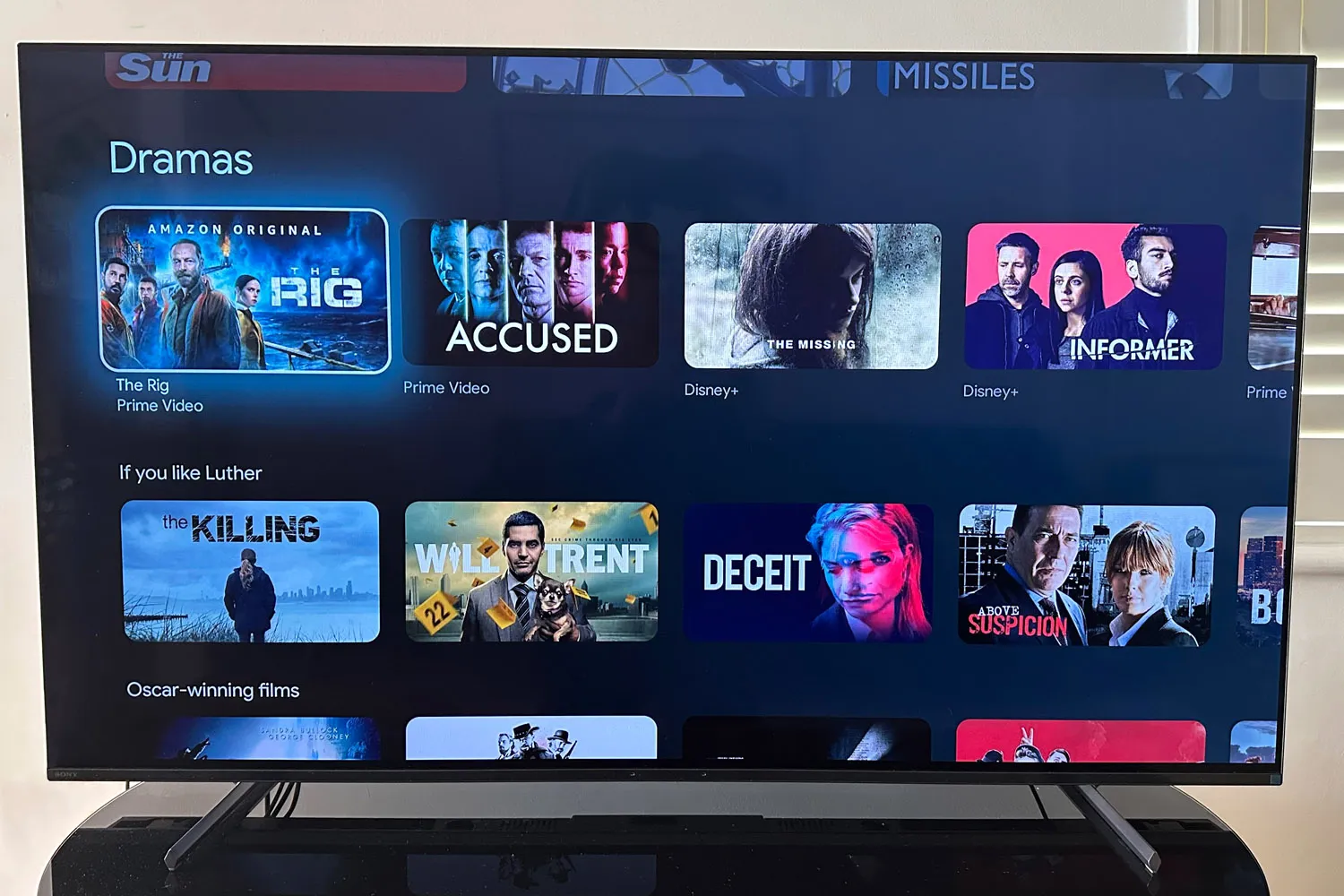

6. Sony XR-55A80L
| Sony XR-55A80L specs | |
|---|---|
| Display | 48in 3840×2160 OLED |
| Supported formats | HDR10, HLG, Dolby Vision |
| UI | Google TV |
| Connectivity | 4x HDMI, 2x USB, Ethernet, Wi-Fi, Bluetooth, Airplay |
In short, the Sony XR-55A80L is a great TV. Subtle, and vibrant, it makes the very best of any content you feed into it. No, it’s not the brightest OLED panel around, but the white tones it creates are clean, and there’s detail and nuance in spades — especially when it comes to accurate colour tones such as those found on skin.
HDR performance is solid, as is motion control, with smooth edge definition too. Combined, all of these attributes result in a beautiful, pleasant viewing experience, bolstered by strong upscaling performance and slick gaming capabilities. You’ll want to upgrade the sound with speakers or a soundbar though, as is the case for most of the picks on our list.
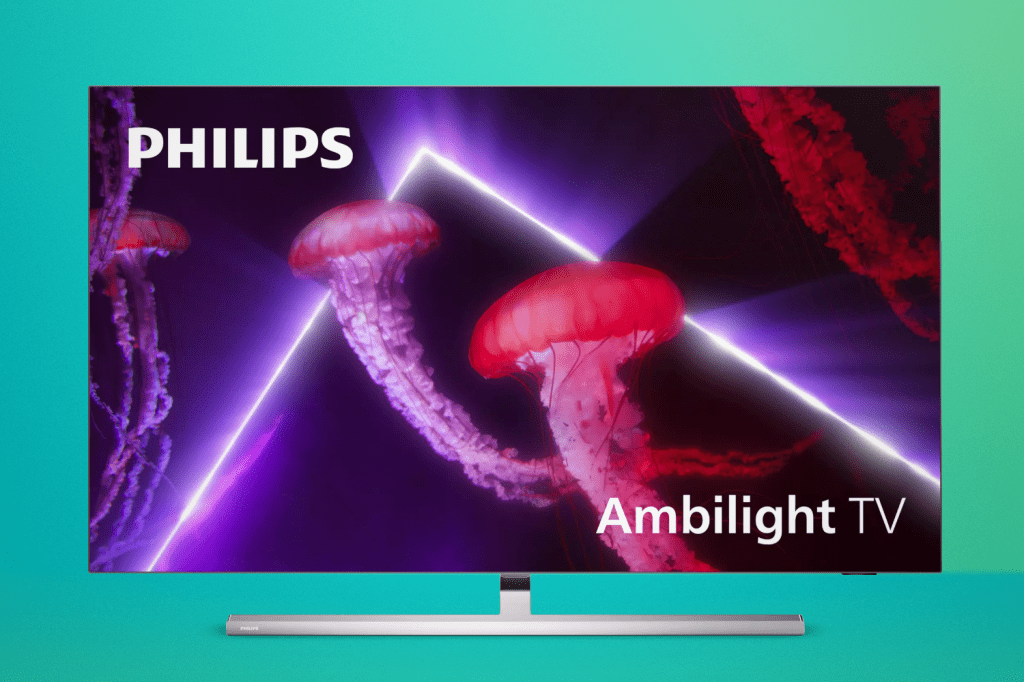

7. Philips 55OLED807
| Philips 55OLED807 specs | |
|---|---|
| Display | 55in 3840×2160 OLED |
| Supported formats | HDR10, HDR10+ Adaptive, HLG, Dolby Vision |
| UI | Android TV 11 |
| Connectivity | 4x HDMI, 3x USB, Wi-Fi, Bluetooth 5.0, CI+, Optical, Ethernet, Headphone, Satellite |
Philips has established itself as a hero of the 4K TV sweet spot, delivering great sets where affordability meets performance. And the 55OLED807 knocks it out of the park again. Nicely designed and robustly built, it shows no signs of corner cutting. Philips has even added some swivel adjustment for easier positioning.
Its feature set doesn’t come up short, either. The 55OLED807 works with every mainstream HDR standard and offers a stack of inputs, including a pair of HDMI 2.1 ports for next-gen console compatibility. Four-sided Ambilight also remains a perfect complement to pictures. We still found setup menus complex and relentless in testing, but the remote at least made it easier to battle through. And the reward is great picture quality in almost every circumstance.
Peak brightness is right up there with the best OLED panels, resulting in incredible contrast, with both white and black tones packed with detail. The colour palette is extensive yet natural, too. Spend time tweaking and you can also achieve smooth, expertly rendered motion. Upscaling is similarly effective and even the 2.1-channel sound system is pretty composed for the set’s size. In short, this is one of the best pound-for-pound TVs around right now.
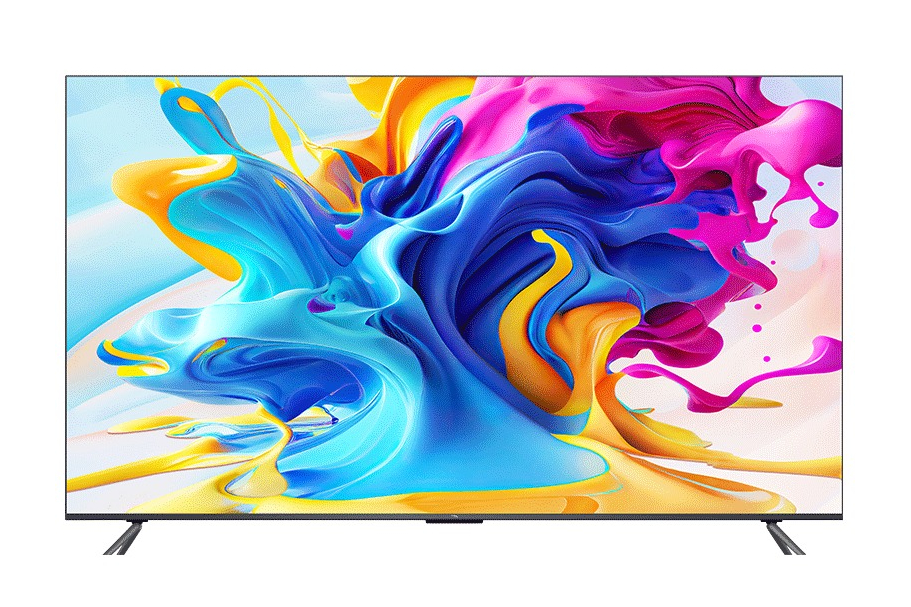

8. TCL 55C645
| Hisense A6BG specs | |
|---|---|
| Display | 43, 50, 55 (version tested), 65, 75, 85in, 3840×2160 |
| Supported formats | HDR10+, Dolby Vision, HLG |
| UI | Google TV |
| Connectivity | 1x HDMI 2.1, 2x HDMI 2.0, 1x USB 3.0, digital optical audio, Wi-Fi, Bluetooth |
The TCL 55C645 gives us 90 percent of the performance we want for a lot less than 90 percent of the price. It’s got the technology, the functionality and the specification of a TV costing three or four times its asking price.
In terms of actual performance, the TCL 55C645 is pretty decent. The colour palette is quite extensive and the colour balance is naturalistic, it manages to keep a solid grip on on-screen movement of all kinds, and, although not an especially bright TV, the white tones it generates are clean and every bit as varied as its black tones
Now of course, you can’t expect perfection when you’re shopping at the entry-level – and sure enough, the TCL 55C645 isn’t perfect, but it gets way more right than it gets wrong, though, and in many ways, it outperforms its asking price to a significant degree.
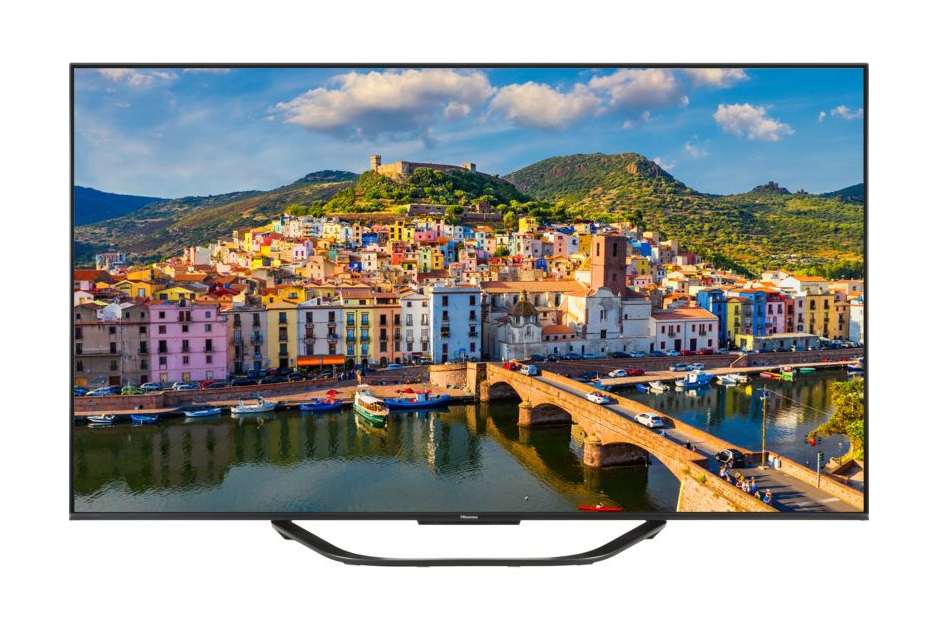

9. Hisense 65U7KQTUK
| Hisense 65U7KQTUK specs | |
|---|---|
| Display | 4K Ultra HD 3840 x 2160p Mini-LED |
| Supported formats | Dolby Vision IQ, HDR10+, HDR10, Hybrid Log Gamma (HLG) |
| UI | VIDAA |
| Connectivity | 2x HDMI 2.1 (1 x eARC), 2 x HDMI 2.0, Composite, USB 2.0, USB 3.0, Wi-Fi, Bluetooth |
Audio or video, it doesn’t matter; you can rely on Hisense to take any expensive new tech and democratise it. Can you think of another TV brand able to combine quantum dot panel technology with MiniLED backlighting and every worthwhile HDR standard in a TV, and then charge less than £1500 for a 65in version? There’s only one brand that can offer that – Hisense.
Treat it to some native 4K content, ideally with an HDR element to it for good measure, and the 65U7KQTUK really impresses. An HDR10-equipped UHD Blu-ray of Christopher Nolan’s borderline-incoherent Tenet, for example, looks an absolute treat.
For an LCD TV, the 65U7KQTUK does really well with black tones, the colour palette is extensive, and it does good work controlling on-screen movement.
A big screen with a big specification but not all that big a price – and given the right stuff to work with, the Hisense 65U7KQTUK turns in a pretty big performance. At least as far as picture quality is concerned, anyway…
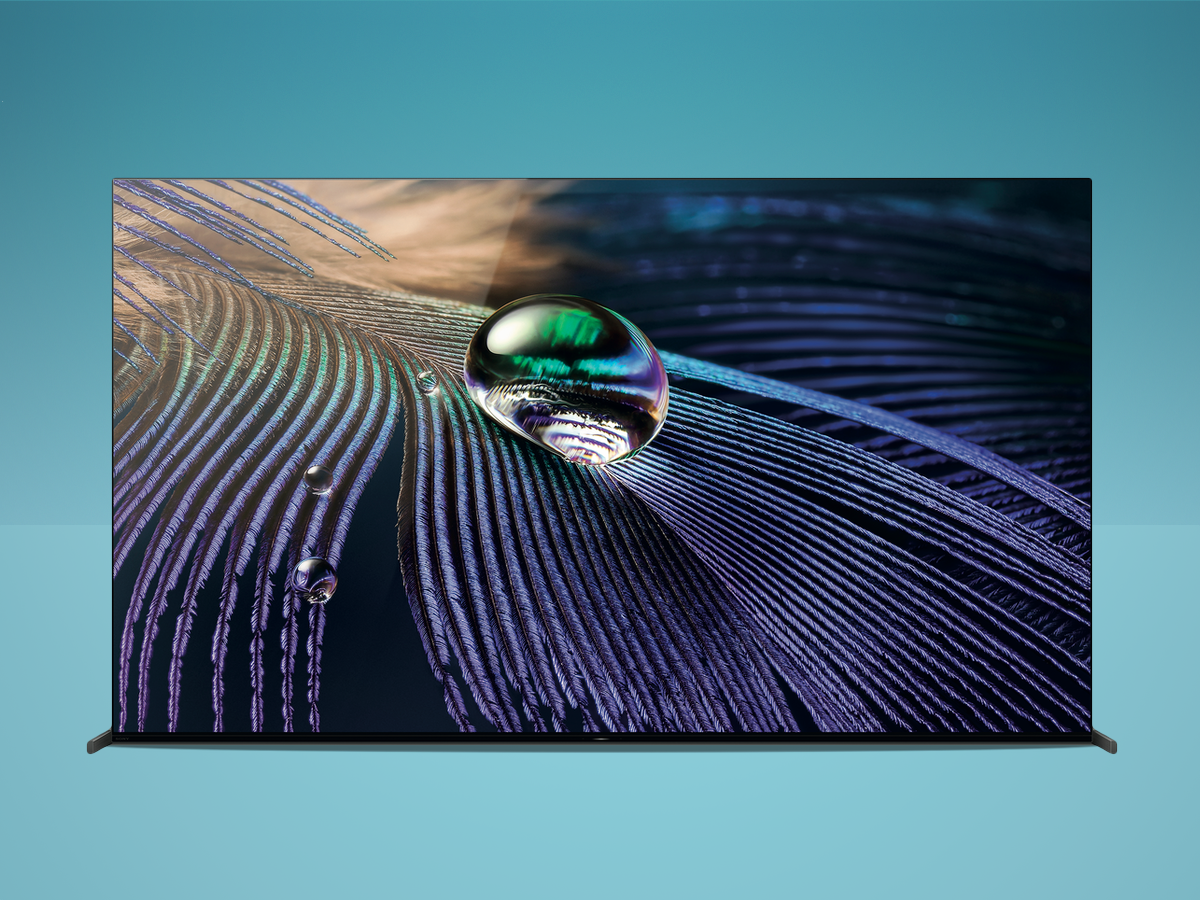

10. Sony XR-55A90J
| Sony XR-55A90J specs | |
|---|---|
| Display | 54.6in 3840×2160 OLED |
| Supported formats | HDR10, HLG, Dolby Vision |
| UI | Google TV |
| Connectivity | 4x HDMI, 3x USB, Ethernet, optical, Wi-Fi, Bluetooth, AirPlay |
Throwing money at something isn’t always a solution. But in the case of the Sony XR-55A90J OLED, it very much is. Yes, it’s super expensive for a 55in television, but it’s also worth every penny. There’s a lot of cutting-edge tech here: the super-fast and deeply intelligent XR processor is present, with Acoustic Surface Audio+ trickery. Google TV has replaced Android TV, which is a major upgrade. Sony’s exclusive Bravia Core streaming service is included, too.
Performance, as the price demands, is profoundly impressive. The A90J is very bright by OLED standards, so contrasts absolutely pop from the screen. This TV can call on a seemingly limitless array of colours, and easily describe minute differences in shade and texture. It handles on-screen motion with casual effortlessness and can bring detail and subtlety to inky black tones. Plus it also upscales low- resolution content without having a panic attack.
The A90J’s feet can sit low or stand high enough to fit a soundbar beneath, but Sony is so pleased with its in-built audio that it’s fitted speaker binding posts on the back panel, so the entire screen can be the centre channel in a surround-sound setup.
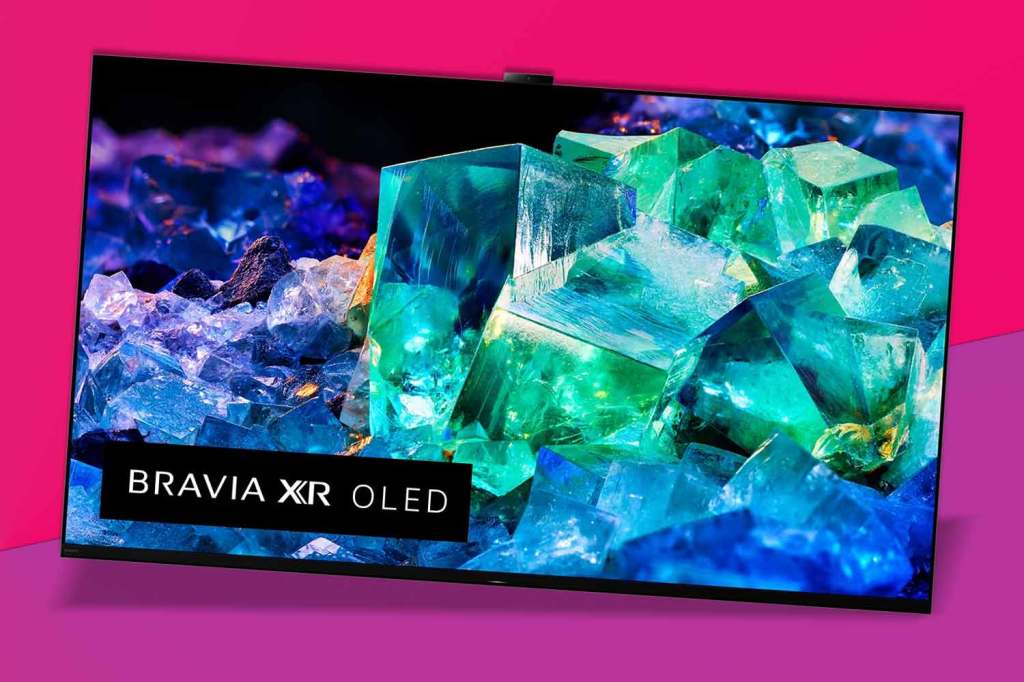

11. Sony Bravia XR A95K
| Sony XR-55A95K specs | |
|---|---|
| Display | 55in 3840 x 2160 QD-OLED |
| Supported formats | HDR 10, HLG, Dolby Vision |
| UI | Android TV |
| Connectivity | 4x HDMI, 2x USB, Ethernet, Wi-Fi, Bluetooth, AirPlay, Chromecast |
The Sony XR-55A95K truly showcases the potential of QD-OLED technology. We think the combination of OLED’s deep blacks with enhanced brightness makes a noticeable difference. Whether it’s the vibrant colours in The Umbrella Academy or fast-paced gaming in Gran Turismo 7, the picture quality is stunning, with incredible detail and natural colour balance.
Bright scenes on this TV offer more variety and nuance than most OLEDs we’ve tested, and dark scenes retain that signature OLED black. Sound performance is also solid, with the screen itself acting as a speaker, delivering clear and punchy audio. It’s one of the best out-of-the-box sound experiences we’ve heard on a TV.
That said, we feel the Bravia Cam is a bit of a gimmick at this stage, and the price is certainly on the high side. It’s not the groundbreaking leap we were expecting, but for anyone who can afford it, the Sony A95K is a fantastic, premium option that delivers a superior viewing experience. We highly recommend it for those seeking top-tier picture and sound quality.
How to choose the best 4K TV for you
Buying a television is a big purchase, one that you’ll have to live with for a long time (much longer than a smartphone), so when buying a 4K TV there several crucial factors that should guide your decision-making process.
The first thing you’ll want to consider is the screen size. You need to get a TV that best suits your viewing environment. A larger screen can offer a more immersive experience, but it must fit comfortably within your available space.
There are also plenty of important specs and features you’ll want to look out for, such as HDR, OLED, refresh rates, and viewing angles.
High Dynamic Range (HDR) support is a must when buying a modern television. HDR enhances contrast and colour range, resulting in more vivid and lifelike images. Look for TVs that support popular HDR formats like HDR10, Dolby Vision, and HLG.
The type of panel is also important. OLED panels tend to offer superior contrast and colour accuracy but may come at a higher price point. LED/LCD TVs, on the other hand, are generally more budget-friendly, but can’t match OLED for contrast and colour accuracy.
The refresh rate is a key specification for reducing motion blur. This is especially important if you’re into gaming or watching fast-paced sports. Higher refresh rates like 120Hz or 240Hz can provide smoother motion.
Viewing angles can be important, especially if you have a wide seating arrangement. OLED TVs typically offer wider viewing angles compared to certain LED/LCD models.
Now, most modern 4K TVs are equipped with smart features, such as built-in streaming apps, voice control, internet connectivity, and the ability to stream content from your smartphone. If you have a favourite streaming service, make sure it’s available on the television before you buy it.
If you own multiple game consoles, media players, set-top boxes and streaming sticks, ensuring you have sufficient ports and connectivity options for your devices is crucial. You want to aim for around four HDMI ports, and if you plan to use your TV for gaming with next-gen consoles, make sure these ports have HDMI 2.1 support.
The TV’s audio quality should not be overlooked. While some 4K TVs have better built-in speakers than others, if you’re really serious about audio you’ll want to upgrade to an external sound system, like soundbars or home theater systems.
Finally, it’s important to note that design and aesthetics matter too. You’ll want a TV that fits well with your room’s decor. Slim bezels and sleek designs are popular choices, while you can now also get televisions that look like paintings when in standby mode.
OLED vs LCD: which one is better?
OLED and LED are two different technologies used in displays. Liquid Crystal Displays use LEDs for backlighting. LCD displays are known for their brightness and energy efficiency, making them suitable for well-lit environments. However, because they rely on a backlight, they can struggle with deep blacks and high contrast ratios.
OLED displays, on the other hand, use organic compounds that emit light when an electric current is applied. Each pixel in an OLED display is its own light source, meaning there’s no need for a separate backlight. This allows OLED displays to achieve true blacks by turning off individual pixels entirely, resulting in excellent contrast ratios and more vibrant colours. Additionally, OLED displays tend to have better viewing angles and faster refresh rates compared to LED displays. However, OLED technology can be more expensive and has a potential for burn-in, where static images can leave a permanent mark on the screen over time.
OLED is generally better if you value image quality, contrast, and colour accuracy, while LED displays are often more cost-effective and are better suited for brighter environments.
